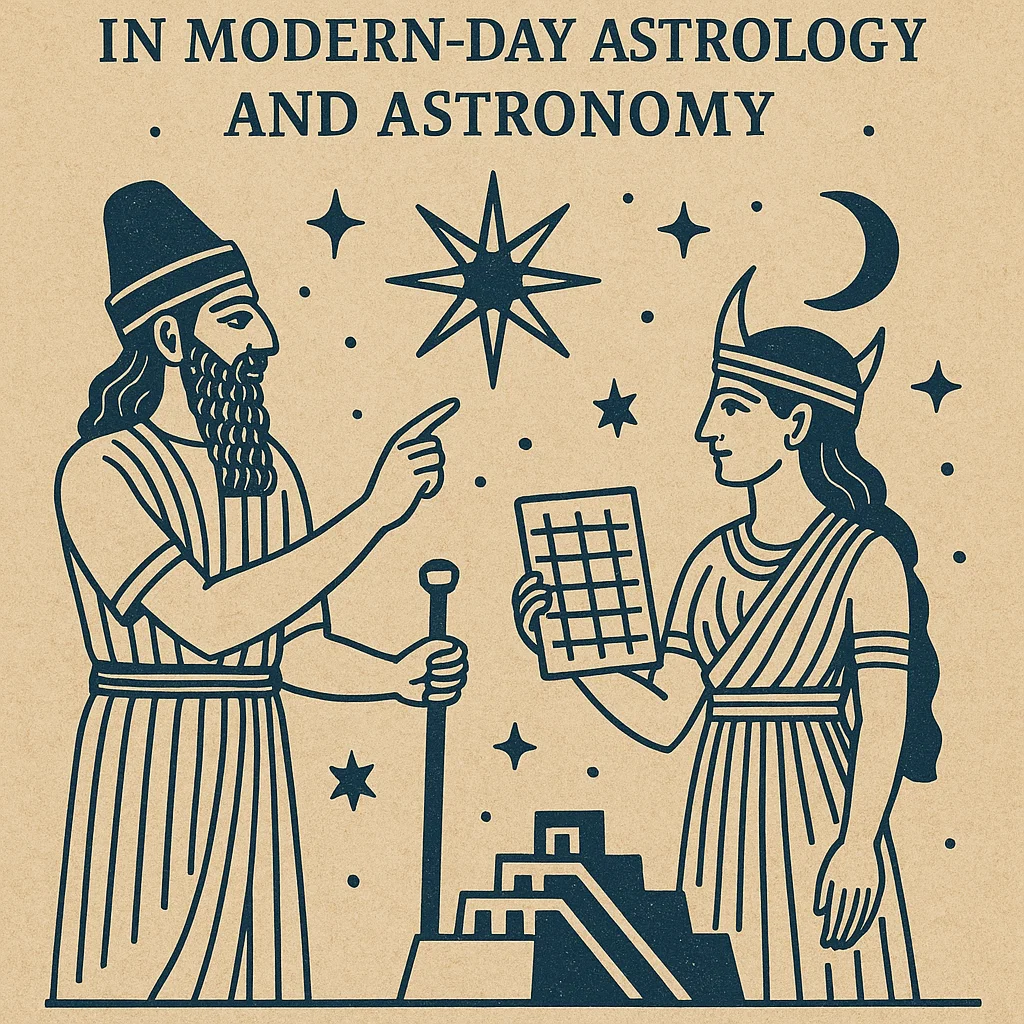The Kama Sutra of Vatsyayana, composed by the ancient Indian scholar Vatsyayana, is one of the most renowned and influential texts on human sexuality, love, and relationships. Written in Sanskrit around the 3rd century CE, it offers a comprehensive exploration of the art of love, providing guidance on everything from sexual techniques to the ethics and principles of romantic relationships. The Kama Sutra is not merely a manual for sexual pleasure; it is a philosophical treatise that encompasses the broader aspects of living a fulfilling and harmonious life.
Historical and Cultural Context
The Kama Sutra emerged in a period when Indian civilization was flourishing, and there was a rich exchange of ideas in the realms of philosophy, science, art, and religion. The text is part of the broader Indian tradition of shastra literature, which includes other works such as the Arthashastra (on statecraft) and the Dharmashastra (on moral laws). The Kama Sutra, however, stands out for its focus on kama, one of the four purusharthas or goals of life in Hindu philosophy, the others being dharma (duty), artha (prosperity), and moksha (liberation).
Vatsyayana’s work reflects a society that valued the pursuit of pleasure and recognized the importance of sensual and emotional fulfillment in human life. It was a time when sexual education and the cultivation of intimate relationships were seen as integral to personal and social well-being. The Kama Sutra thus provides a window into the cultural attitudes and practices surrounding love and sexuality in ancient India.
Structure and Content
The Kama Sutra is divided into seven parts, each dealing with different aspects of love and relationships. These parts are further subdivided into 36 chapters, containing a total of 1,250 verses. The text is a blend of prose and poetry, with the latter used to elaborate on key concepts and techniques. Here is an overview of the seven parts:
Part 1: General Observations
The first part serves as an introduction, outlining the purpose of the text and the scope of its teachings. It discusses the three aims of life—dharma, artha, and kama—and emphasizes the importance of balancing these goals. Vatsyayana argues that while dharma and artha are essential, kama is also a legitimate pursuit and should be approached with knowledge and discernment. This part sets the philosophical foundation for the rest of the work, stressing that the pursuit of pleasure should be guided by ethical principles and social norms.
Part 2: Amorous Advances and Sexual Union
This section is perhaps the most famous, as it delves into the various techniques and positions for sexual intercourse. Vatsyayana categorizes different types of embraces, kisses, scratches, bites, and other forms of physical intimacy, offering detailed descriptions and illustrations. The text also explores the art of seduction and the various phases of courtship, from the initial attraction to the consummation of the relationship.
The Kama Sutra presents a nuanced understanding of sexual pleasure, recognizing that different individuals have different needs and preferences. It emphasizes the importance of mutual consent and communication between partners, and advocates for a harmonious and respectful approach to physical intimacy. Vatsyayana also addresses the physiological differences between men and women, providing specific advice for enhancing sexual pleasure and satisfaction.

Part 3: Acquiring a Wife
In this part, Vatsyayana discusses the various methods for finding and wooing a suitable partner. He covers the process of courtship, from choosing a bride to the formal rituals of marriage. The text offers practical advice on how to evaluate the qualities of a potential spouse, including her family background, character, and physical attributes. Vatsyayana also provides guidance on how to win the affection of a woman and the strategies for gaining her family’s approval.
This section highlights the social and cultural norms surrounding marriage in ancient India, where arranged marriages were common and family approval played a significant role. Vatsyayana’s advice reflects the values of his time, emphasizing the importance of compatibility, social status, and mutual respect in marital relationships.
Part 4: Duties and Privileges of the Wife
Once married, the Kama Sutra provides detailed guidance on the roles and responsibilities of a wife. Vatsyayana outlines the duties of a wife towards her husband, including managing the household, nurturing the family, and maintaining social relationships. He also discusses the importance of sexual harmony and the role of the wife in ensuring a satisfying conjugal life.
The text recognizes the agency of women and their significant role in the success of a marriage. It advises wives on how to maintain their husband’s affection and respect, and offers strategies for resolving conflicts and managing household affairs. While the advice is rooted in the patriarchal norms of the time, Vatsyayana’s emphasis on mutual respect and cooperation suggests a more nuanced view of gender relations.
Part 5: Other Men’s Wives
This controversial part deals with the subject of adultery and the seduction of other men’s wives. Vatsyayana provides a detailed analysis of the motivations and methods of adulterous relationships, as well as the potential consequences. He outlines various techniques for attracting and seducing another man’s wife, and offers advice on how to conduct such affairs discreetly.
While this section may seem morally questionable, it reflects the complex social dynamics of Vatsyayana’s time. The Kama Sutra does not explicitly condone adultery, but rather acknowledges its existence and provides guidance on how to navigate it. The text emphasizes the importance of discretion and the potential risks involved, suggesting a pragmatic approach to human behavior.
Part 6: About Courtesans
In this part, Vatsyayana explores the world of courtesans, who played a significant role in the social and cultural life of ancient India. Courtesans were skilled in the arts of love and entertainment, and were often sought after by wealthy and influential men. The Kama Sutra provides advice for courtesans on how to attract and retain clients, manage their finances, and maintain their social standing.
Vatsyayana’s treatment of courtesans is remarkably sympathetic, recognizing their autonomy and agency. He offers practical advice on how to navigate the challenges of their profession and achieve success. The text also acknowledges the courtesans’ role in providing companionship and pleasure, and suggests that their skills and knowledge were highly valued in society.
Part 7: Occult Practices
The final part of the Kama Sutra delves into various esoteric and magical practices related to love and sexuality. Vatsyayana discusses the use of aphrodisiacs, spells, and charms to enhance sexual attraction and performance. He also provides advice on how to deal with sexual problems and improve physical health and vitality.
This section reflects the broader Indian tradition of tantra and the belief in the power of rituals and mystical practices. While some of the methods described may seem superstitious or unscientific, they highlight the diverse range of techniques and approaches to sexuality and well-being in ancient India.
The Philosophy of Love and Pleasure
At its core, the Kama Sutra is a philosophical treatise that seeks to understand and enhance the experience of love and pleasure. Vatsyayana’s approach is holistic, recognizing that sexual fulfillment is intertwined with emotional, social, and ethical dimensions. The text emphasizes the importance of self-awareness, mutual respect, and communication in achieving a harmonious and satisfying relationship.
Vatsyayana advocates for a balanced approach to life, where the pursuit of pleasure is integrated with the other goals of dharma and artha. He argues that a well-rounded individual should seek to cultivate all aspects of life, including physical, intellectual, and spiritual well-being. The Kama Sutra thus provides a framework for living a fulfilling and meaningful life, where love and pleasure are seen as essential components of human experience.
Legacy and Influence
The Kama Sutra has had a profound and lasting impact on the cultural and intellectual history of India and beyond. Its teachings have been preserved and transmitted through various commentaries, translations, and adaptations over the centuries. The text has influenced a wide range of literary, artistic, and philosophical traditions, and continues to be studied and celebrated for its insights into human sexuality and relationships.
In the modern era, the Kama Sutra has gained global recognition and has been translated into numerous languages. It has inspired countless works of art, literature, and popular culture, and remains a subject of fascination and study. Despite its ancient origins, the Kama Sutra’s timeless wisdom and practical advice continue to resonate with contemporary audiences, offering valuable insights into the complexities of love and pleasure.
Conclusion
The Kama Sutra of Vatsyayana is a remarkable testament to the richness and diversity of human sexuality and relationships. Its comprehensive exploration of the art of love, grounded in a deep understanding of human nature, offers a timeless guide to living a fulfilling and harmonious life. Through its detailed descriptions, philosophical reflections, and practical advice, the Kama Sutra provides a holistic approach to the pursuit of pleasure, emphasizing the importance of mutual respect, communication, and ethical principles. As a cultural and intellectual landmark, the Kama Sutra remains a vital and enduring source of knowledge and inspiration for generations to come.








